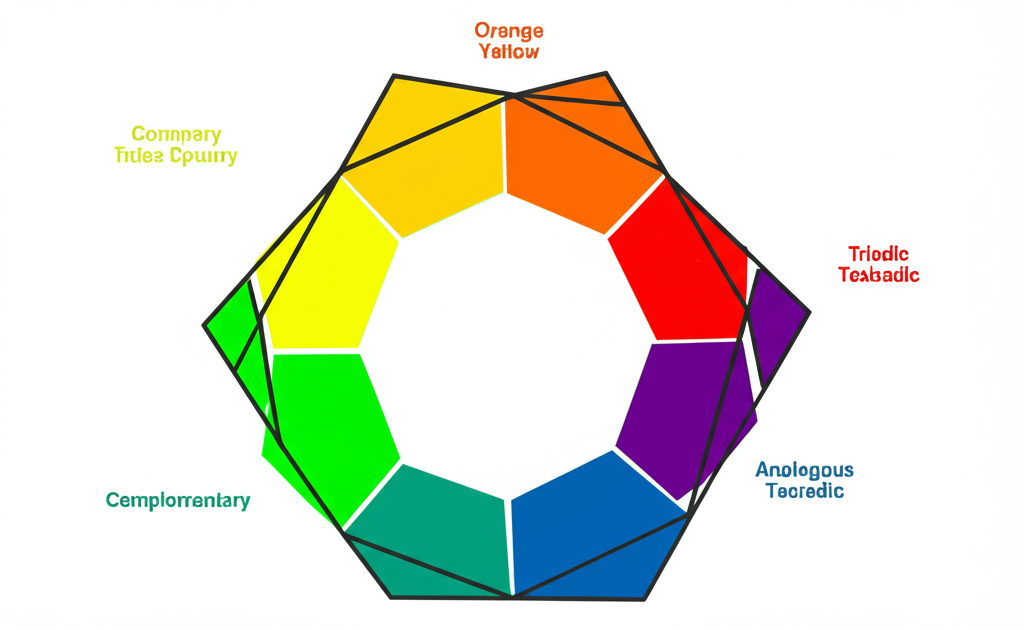Comprehensive Color Theory Guides
From color theory basics to advanced techniques for professional designers
Color Theory Fundamentals
Color theory is the practical guidance to color mixing and the visual effects of specific color combinations. Understanding color theory is essential for designers, artists, and anyone working with visual media.
The Color Wheel
The color wheel is a circular arrangement of colors based on their chromatic relationship. It was first developed by Sir Isaac Newton in 1666 and has been a fundamental tool for understanding color relationships ever since.
- Primary Colors: Red, yellow, and blue. These colors cannot be created by mixing other colors.
- Secondary Colors: Orange, green, and purple. Created by mixing primary colors.
- Tertiary Colors: Colors created by mixing primary and secondary colors.

Color Properties
Hue
Hue is the pure color itself—what we typically mean when we say "red," "blue," etc. It's the position on the color wheel.
Saturation
Saturation refers to the intensity or purity of a color. High saturation means vivid, while low saturation appears more gray.
Value/Brightness
Value refers to the lightness or darkness of a color. Adding white creates a tint, while adding black creates a shade.
Color Harmonies
Color harmonies are pleasing arrangements of colors based on their positions on the color wheel. These combinations create visual interest while maintaining balance and order.
Complementary
Colors opposite each other on the color wheel. Creates high contrast and vibrant looks.
Analogous
Colors adjacent to each other on the color wheel. Creates a harmonious, cohesive look.
Triadic
Three colors equally spaced on the color wheel. Creates a balanced, vibrant look.